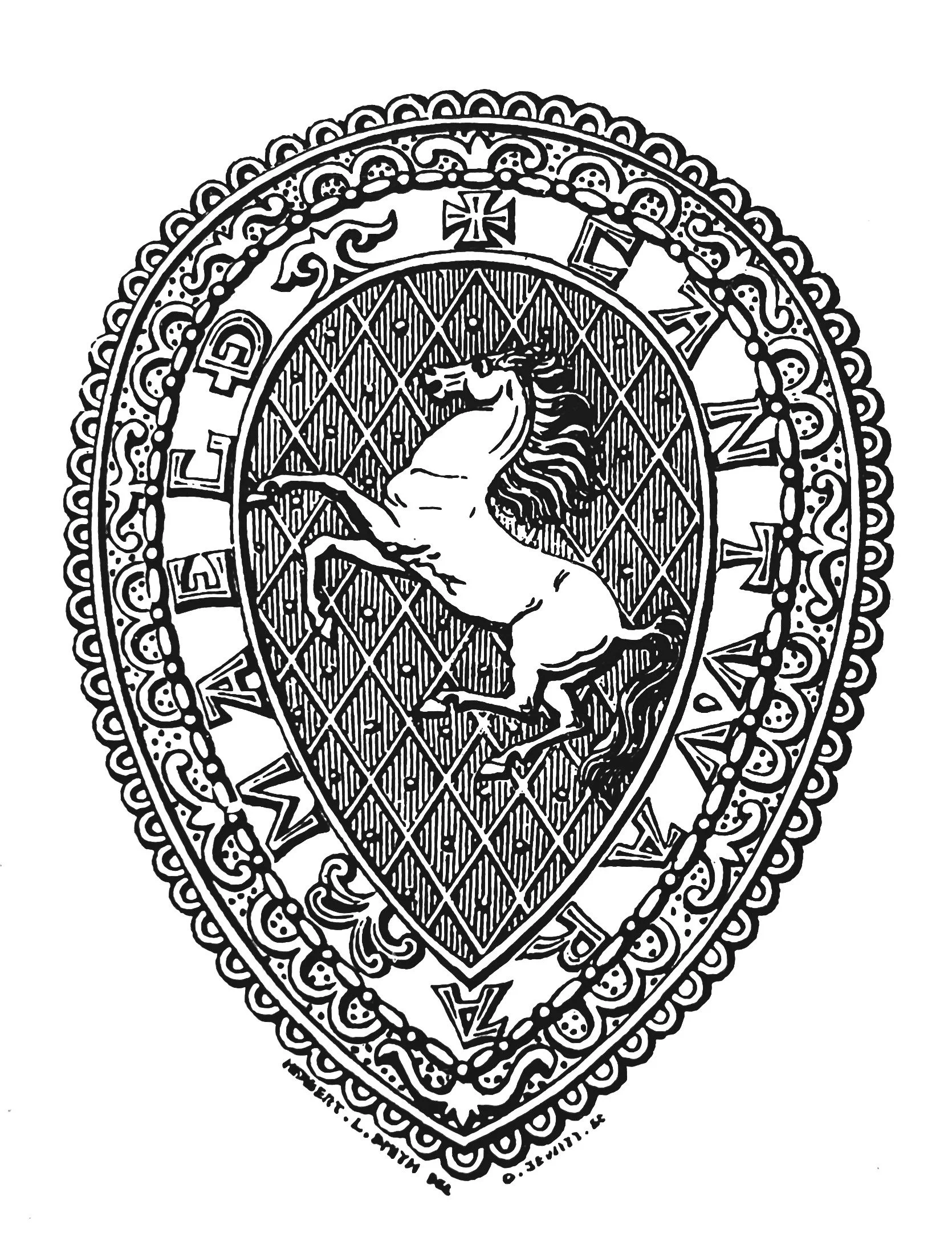Arthur Harrison, Hon. General Secretary, 1985, KAS Newsletter, Issue 9 (Summer 1985). Maidstone: Kent Archaeological Society.
Deborah A. French, Springhead Excavation Group, 1985, KAS Newsletter, Issue 9 (Summer 1985). Maidstone: Kent Archaeological Society.
KAS Newsletter, Issue 9 (Summer 1985). Maidstone: Kent Archaeological Society.
KAS Newsletter, Issue 9 (Summer 1985). Maidstone: Kent Archaeological Society.
A.C. Harrison, B.A., F.S.A, 1985, KAS Newsletter, Issue 9 (Summer 1985). Maidstone: Kent Archaeological Society.
KAS Newsletter, Issue 9 (Summer 1985). Maidstone: Kent Archaeological Society.
KAS Newsletter, Issue 9 (Summer 1985). Maidstone: Kent Archaeological Society.
Sharon Mitchell D.D.A.G., 1985, KAS Newsletter, Issue 9 (Summer 1985). Maidstone: Kent Archaeological Society.
KAS Newsletter, Issue 9 (Summer 1985). Maidstone: Kent Archaeological Society.
KAS Newsletter, Issue 9 (Summer 1985). Maidstone: Kent Archaeological Society.
KAS Newsletter, Issue 9 (Summer 1985). Maidstone: Kent Archaeological Society.
Tim Tatton-Brown, 1985, KAS Newsletter, Issue 9 (Summer 1985). Maidstone: Kent Archaeological Society.
Christopher St. John Breen, 1985, KAS Newsletter, Issue 9 (Summer 1985). Maidstone: Kent Archaeological Society.







KAS Newsletter, Issue 9 (Summer 1985). Maidstone: Kent Archaeological Society.